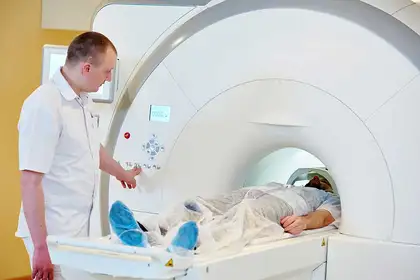
Dr Koia says the service had significant benefits for Māori patients and their whānau, helping overcome the barriers many felt in accessing care.
With Māori 20 times more likely than non-Māori to be diagnosed with cancer – and twice as likely to die from the disease, a Massey University researcher is calling for wider use of specialist Māori cancer “navigation” services.
Cancer navigation involves support services to help vulnerable populations ensure they get what they need from health services. It was developed in New York 30 years ago.
Dr Monica Koia (pictured), who has just completed a doctoral thesis examining the implementation of Māori cancer navigator/coordinator roles, says it is imperitive to ensure Māori are getting timely access to health care services they need because the range of providers and services is “daunting”.
Part of her research was looking at the benefit navigation services have on the experience of Māori cancer patients and their whānau journey. She undertook the research as her mother, sisters and whānau have struggled with cancer. “Mum was diagnosed with three cancers over her lifetime and at no stage during my mother’s battle with her last diagnosis in 2012, was she ever offered or referred to a Māori cancer navigator service – even though it existed.”

Dr Monica Koia.
The patient navigation concept was created in 1990 by Dr Harold Freeman in Harlem as a way of promoting timely access to quality cancer care for people from vulnerable populations. Non-clinical community health workers were set up to help people navigate their way through the health services and since then the system has been adopted around the world especially with indigenous populations.
At the time of Dr Koia’s research, Māori cancer navigator/co-ordinator services existed only in the MidCentral District Health Board region, located in iwi or Māori health providers. She believes the service should be offered more widely, particularly at the other five regional treatment cancer centres with positions also set up within district health board areas in those regions.
She found the service had significant benefits for Māori patients and their whānau, helping overcome the barriers many felt in accessing care.
Dr Koia says navigators, who work closely with kaiāwhina (Māori patient support staff), provided a unique consistency of care throughout the cancer journey and beyond.
“I had patients telling me how important it was that the navigators and kaiāwhina walked with them the whole way, helping them through the difficulties of the medical world.”
The navigators and kaiāwhina were able to gain timely access to cancer care services and resources as well as improving communication between health care professionals, patients and their whānau.
She says building trusting relationships was important for people dealing with a daunting range of health care professionals and services. Dr Koia says navigators were familiar with patients’ community and also understood the importance of acknowledging a patient’s whakapapa, their tīpuna, whenua, cultural values and beliefs.
Dr Koia has developed a model called He Pito Ora that brings together the key principles of a Māori cancer patient navigation service, including whanaungatanga, which relates to trust and multiple relationships; whakamōhio, which encompasses communication and the sharing of information; and manaakitanga, which highlights consistency of care.
“The He Pito Ora framework represents the beginning of life, their whakapapa and connection to the whenua and positions the patient and whānau at the centre of cancer care services.
“The three main elements are all inter-related and should be present every time a patient and whānau access cancer care services.”
Dr Koia hopes the model will help inform the development of navigator services nationally and she is planning a postdoctoral fellowship to pilot and evaluate different aspects of her study with key stakeholders in the MidCentral DHB region in the near future.
In the meantime, she believes there should be better awareness of the existing services among health professionals. “I recently heard of a whānau from Taranaki that wasn’t offered access to a navigator or the Māori health unit. They spent a couple of nights in the waiting area of the ward before a visiting whānau member informed them of a whānau room they could have used.
“This is just a small example but it’s the kind of thing that makes a big difference to a whānau already under stress.”